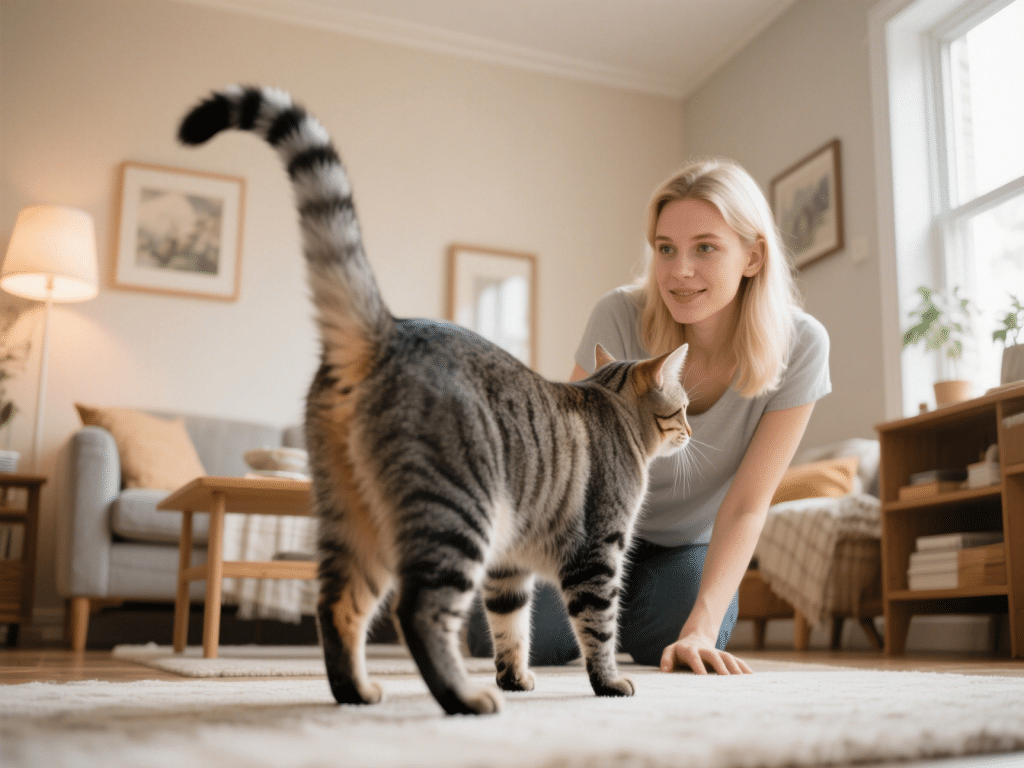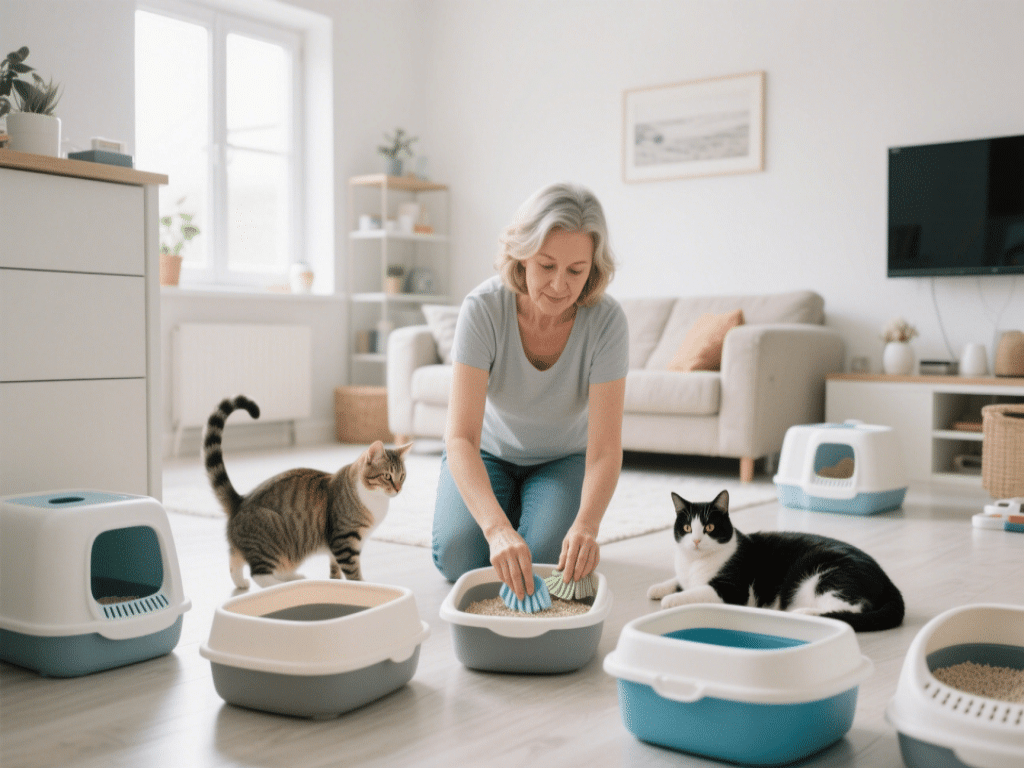Introduction
Drooling (ptyalism) in cats after deworming is alarming for owners. While mild drooling can indicate transient nausea or oral irritation, persistent drooling may signal more serious issues. This article examines common causes of post-deworming drooling, diagnostic tips, and solutions to keep your cat comfortable.
1. Common Causes of Drooling After Deworming
A. Gastrointestinal Upset
Nausea and Vomiting:
Dewormers like praziquantel can trigger mild nausea; cats may drool as a side effect.
Monitor for vomiting or lip smacking, typical signs of GI distress.
B. Oral Irritation
Tablet Residue:
If a pill gets stuck in the cat’s mouth or throat, saliva production increases to attempt swallowing.
Taste Aversion:
Bitter taste of crushed tablets mixed in food or water may induce drooling as an aversion response.
C. Allergic Reactions
Topical Dewormer Contact:
Spot-on products occasionally cause localized irritation around the mouth if the cat licks the application site.
Allergic dermatitis around the neck may spread to the head and mouth area.
2. Diagnostic Approach
Physical Examination:
Check oral cavity for foreign bodies, ulcerations, or discolored mucous membranes.
Palpate abdomen for signs of discomfort or bloating.
Observation of Behavior:
Note timing: If drooling starts within 30 minutes of oral dewormer administration, suspect pill-related irritation or nausea.
Check for other signs: Lethargy, loss of appetite, or vomiting indicate broader systemic reactions.
Fecal and Blood Tests:
Rule out ongoing parasitic infection that might contribute to GI upset.
Perform complete blood count (CBC) and chemistry panel if drooling persists beyond 24 hours.
3. Immediate Management Strategies
Offer Small, Bland Meals:
Provide boiled chicken or turkey and rice to soothe the stomach.
Avoid strong-flavored wet foods until drooling subsides.
Ensure Hydration:
Encourage sips of water or unflavored electrolyte solution to prevent dehydration from drooling or vomiting.
Administer Anti-Nausea Support (With Vet Approval):
Maropitant Citrate (Cerenia®): 1 mg/kg subcutaneously or orally once daily for 1–2 days.
Ondansetron: 0.5 mg/kg orally every 8 hours for severe cases.
Remove Oral Irritants:
Rinse the mouth with lukewarm water to clear residual medication.
If a tablet lodged in the mouth is detected, gently remove it or seek veterinary assistance.
4. Preventive Measures for Next Deworming
Pill Administrations Tips:
Use pill pockets or wrap tablets in a small piece of deli meat to mask taste.
Follow with a tasty treat to encourage swallowing and create positive association.
Switch to Liquid Formulations:
Liquid praziquantel or pyrantel suspensions may be better tolerated; administered with a syringe into the side of the mouth.
Optimal Timing:
Administer dewormers during post-meal periods to reduce nausea.
Avoid dosing on an empty stomach; provide a small meal 1–2 hours before medication.
5. When to Seek Veterinary Care
Persistent Drooling Beyond 24 Hours: Indicates possible overdose, allergic reaction, or esophageal obstruction.
Neurological Signs: Ataxia, tremors, or seizures require immediate veterinary intervention.
Refusal to Eat or Drink: Suggests severe GI upset or pain; prompt examination is necessary.
Conclusion
Drooling after deworming often stems from mild nausea or oral irritation. Offer bland foods, ensure hydration, and consider anti-nausea medications on veterinary advice. Adjust future administrations—use pill pockets, liquid formulations, and post-meal dosing—to minimize recurrence. Persistent or severe symptoms warrant immediate veterinary evaluation.










Comments on "Why Is My Cat Drooling After Deworming? Causes and Solutions" :